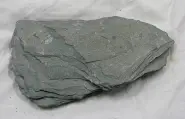Geology Midterm 1 Identification
1/49
There's no tags or description
Looks like no tags are added yet.
Name | Mastery | Learn | Test | Matching | Spaced |
|---|
No study sessions yet.
50 Terms
Biotite
really dark brown/black, perfect singular direction cleavage, 3 or so on hardness scale, slight luster; similar to glass, breaks into thin sheets, basal cleavage
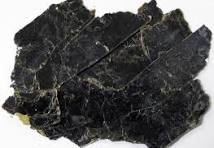
Calcite
“colorless” to yellowish-white, rhombic cleavage, 3 on the hardness scale, and fizzes with acid
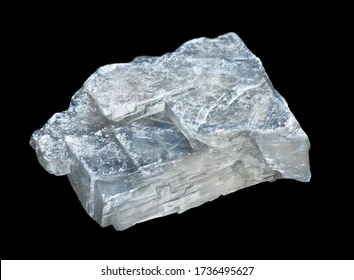
Fluorite
can be purple or green, but i’m gonna guess that the samples will be green. breaks into octahedral shapes; looks like a d6. glows under black light, and has a 4 on the hardness scale.
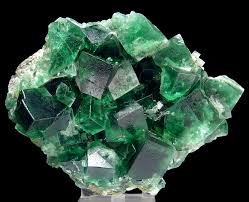
Galena
Shiny metallic gray, cleavage is cubic. has a very high density, and is a 2.5 or so on the hardness scale.
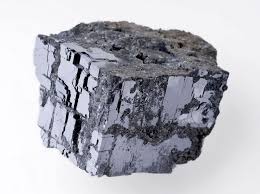
Garnet
Typically reddish brown, but this color can vary. has no natural cleavage, but does break into octahedral-esque shapes. 6.5-7.5 on the hardness scale.
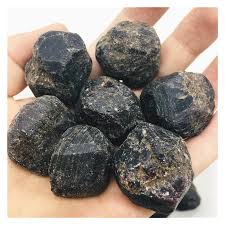
Graphite
Gray to blackish color. has a metallic luster, and is very soft. writes on paper and has low density. has cleavage in a singular direction (basal)
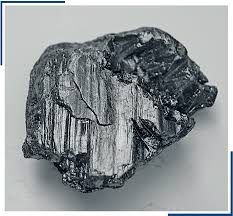
Halite
Colorless clear to whiteish, has cubic cleavage, a hardness of 2-2.5, and has a salty taste
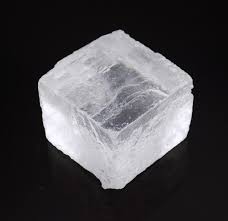
Hematite
Grayish; kinda looks like a metal. It has no true cleavage and can appear as a rusty red if oxidized. about a 5.5-6 on the hardness scale. leaves a red streak behind. it feels fairly heavy, and can be magnetic
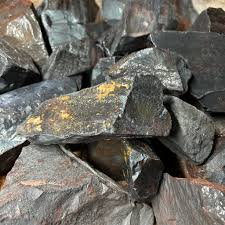
Magnetite
Gray/blackish brown, is metallic with a 5.5-6ish hardness, leaves a black streak behind, and is highly magnetic

Muscovite
Yellowish/White; fairly seethrough since it’s typically in thin sheets. Has basal cleavage, and a hardness of 2.5-3. sorta pearly when looking at it. It’s also lowkey bendable
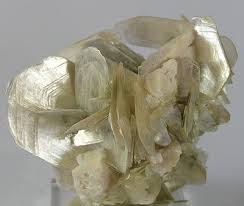
Olivine
Green!! doesn’t really have cleavage, and is about a 6-7 on the hardness scale. Leaves a white streak
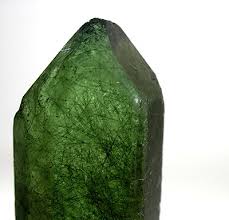
Orthoclase Feldspar
Can range from white to pink to yellow. the warm colors come from the presence of feldspar. has perfect prismatic cleavage. about a 6 on the hardness scale. just know from looking on this one tbh

Plagioclase Feldspar
Whiteish cream color in appearance. Has prismatic cleavage, hardness of about 6-6.5, leaves a white streak.
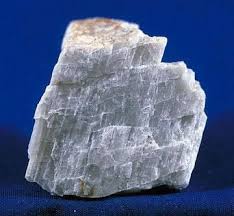
Pyrite
Brassy yellow like gold. it’s fools gold. no cleavage, but sometimes comes out in cool cubes. has metallic luster, and is about a 6-6.5 on the hardness scale
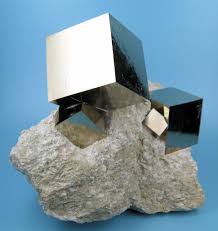
Quartz
Can come in hella colors, but mainly clear/whiteish. naturally breaks into crystalline structures, but has no cleavage. Harder than most of these with a 7 on the hardness scale.
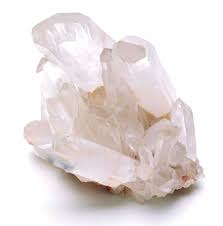
Sulfur
Stinky, soft, and yellow. no cleavage
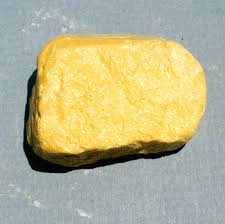
Talc
Greasy, soft, and somewhat pearly in appearance. 1 on the hardness scale.
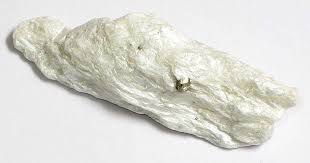
Basalt
dark gray/black, fine grained aphanitic, 6 on the hardness scale. no real cleavage, and is an extrusive igneous rock. mafic - can tell because of dark heavy density
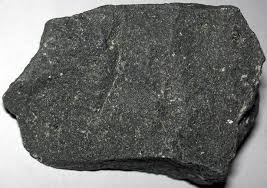
Porphyritic Basalt
Base of black, porphyritic because of the presence of larger crystals imbedded in smaller ones. Mafic composition
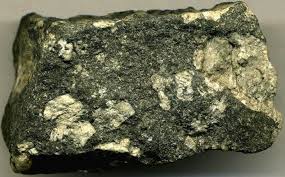
Diorite
Intrusive, as you can see individual crystals, intermediate because it is black AND white, indistinct cleavage
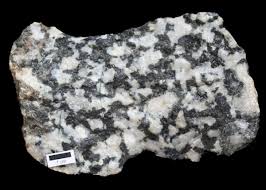
Gabbro
Phaneritic, mafic rock. has a dark base with visible crystals. intrusive because of the coarse grains.
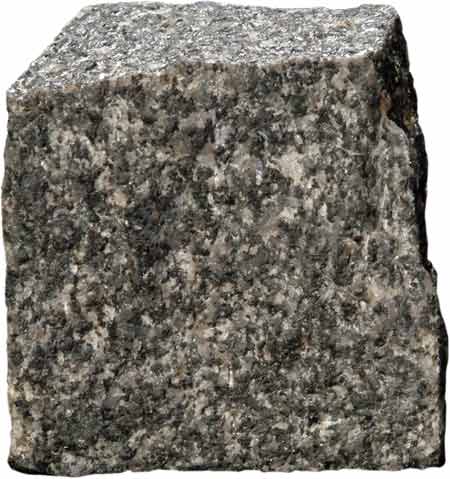
Granite
Felsic due to its light color, and the presence of feldspar. intrusive igneous rock (phaneritic) with visible crystals. mainly light, but can have black and red specks, too.
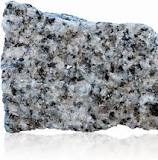
Obsidian
Dark but is a scammer and is felsic; only black because of impurities in the ash. Has a smooth glassy texture, and breaks off in a cool way like an arrowhead. quite a bit lighter than most other igneous rocks. extrusive and cools very quickly.
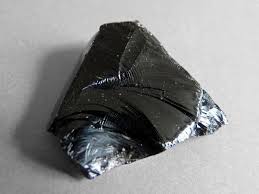
Periodotite
Ultramafic, and you can tell because it’s GREEN. Intrusive due to the visible crystals (phaneritic)
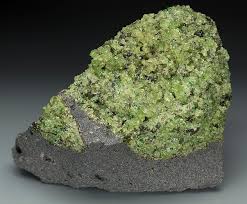
Pumice
Vesicular because of the little holes in it, and felsic. Light in color and fairly low density.
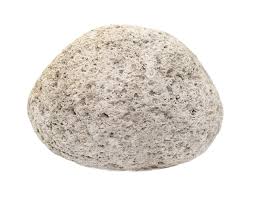
Rhiolite
Small grained and aphanitic, felsic with a red base. can sometimes be porphyritic and have larger crystals imbedded in it. has a hardness of 6 or so
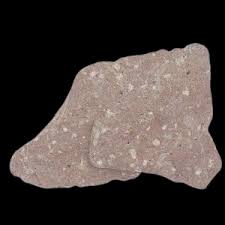
Scoria
Mafic, with a dark brown/red appearance. It is vesicular and porous due to air bubbles getting trapped in this rock while it cools. it looks like the volcanic rocks that you get in gardens.
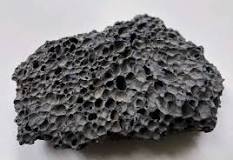
Volcanic Tuff
Can range from light to dark, typically felsic in composition. Small grained.
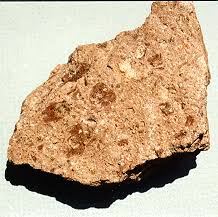
Arkose Sandstone
Reddish or light brown. Clastic, sand sized grains. 6-7 on the hardness scale
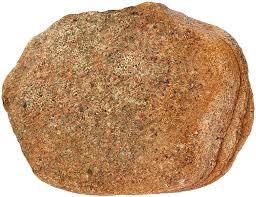
Bituminous Coal
Black in color, lightweight, with visible strata lines. It is a biochemical rock.
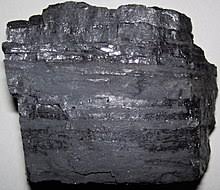
Breccia
Base is typically light brown in color, and contains large angled fragments of other rocks. This is a clastic rock, and is poorly sorted.
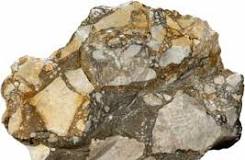
Chalk
This rock is white in color, breaks off easily, and is fairly soft. Probably a 2.5 or so in hardness. This is a biochemical rock with very fine grain size.
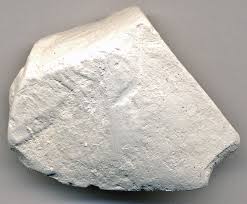
Chert
Can range in color, but is usually a lighter brown color. Breaks off, and can see chip marks. It is well sorted with a very fine grain size. It is a chemical rock. It is formed from quartz.
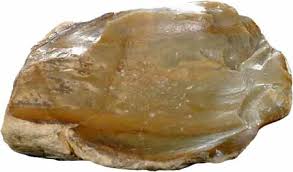
Conglomorate
This rock’s base is typically a lightish brown in color, and contains other rocks within it. The inner fragments are not well sorted, but they are well rounded. This is a clastic rock.
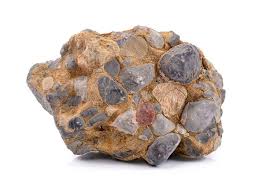
Coquina
This rock is made from fragments of shells, and is a biochemical rock. It is usually white/light brown in color.
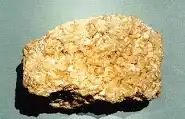
Fossiliferous Limestone
This rock is usually light brown in color, and contains fossils within it. It is a biochemical rock due to the presence of the fossils. It has typically a medium grain size.
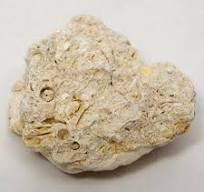
Micritic Limestone
ranges from gray to light brown in color. It is a chemical rock, and has a fine grained texture.
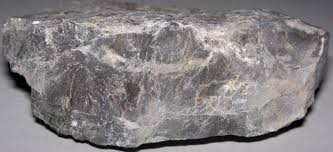
Oolitic Limestone
Typically a light tan in texture, this rock is made from tiny round grains that look like little balls. It is well sorted, and well rounded. It has a fine to medium grain size.
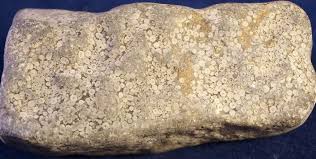
Rock Gypsum
This rock appears as light in color, sometimes tinted closer to tan or pinkish. It is chemical in composition, and can maybe be scratched with a fingernail.
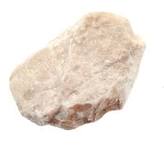
Rock Salt
This rock usually appears to be white or colorless. It can be a little bit shiny, too. It is well sorted and looks like its parent rock (hint)
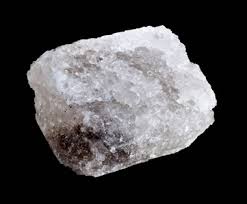
Sandstone
This rock ranges from tan to orangery in color. It is formed from sand, and is a clastic rock. It has large sand sized grains, and is usually a bit rough to the touch.
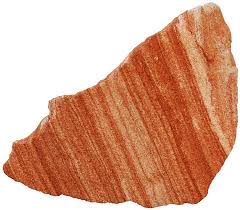
Shale
Typically gray in color, and is a clastic rock. This rock is a softer sedimentary rock, and is formed from mud or silt.
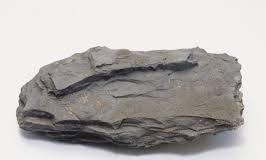
Anthracite Coal
It is black and shiny. Low density. It is nonfoliated, and therefore formed via contact metamorphism. Its parent rock is bituminous coal
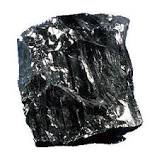
Gneiss
This rock is typically banded, and alternates light and dark bands. It is foliated, and is therefore regional metamorphism. It is the highest grade of metamorphosed shale. It can also be made from granite.
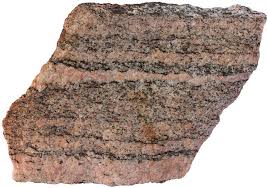
Hornfels
This rock has black and white stripes. It is foliated, and is made in contact metamorphism. It can be made from many rocks.
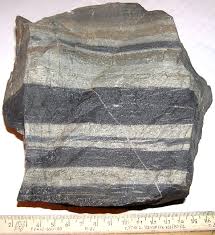
Marble
This rock is predominantly white, with little veins of black or pink in it. It is made from limestone. It is nonfoliated, and can be made in both contact and regional metamorphism, but typically regional. It also fizzes with acid!
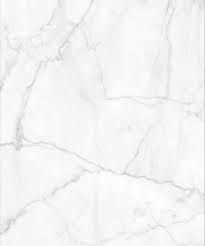
Phyllite
This rock is foliated, but typically one color of gray. Its parent rock is shale, and it is a low-high grade. It is formed in regional metamorphism.

Quartzite
This rock is a light gray//slightly translucent? Its parent rock is quartz, it is nonfoliated, and is formed in contact metamorphism.
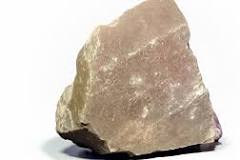
Schist
This is a medium grade, nonfoliated rock. It is formed in regional metamorphism, and is foliated.
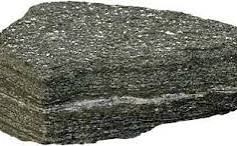
Slate
This rock is dark gray in color, of low grade, and shows foliation. It is formed in regional metamorphism, and looks similar to its parent rock, shale.
